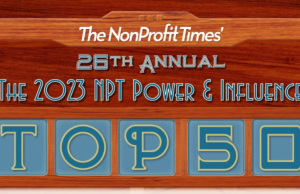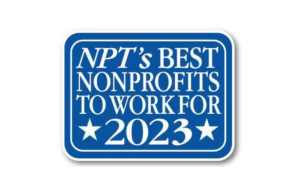Legacy giving to British charities is expected to reach £4 billion (roughly US $4.59 billion) by the end of 2022, marking an all-time high and a 14% increase from 2021’s £3.5 billion (US$ 4.01 billion). That record will not likely be broken immediately, as an expected British economic slowdown will likely damp increases for the next two years before giving grows again.
But by 2027, British legacy giving is foreseen as reaching £4.4 billion (US $5.09 billion), according to the latest Legacy Market Briefing report, a research brief from East Sussex, U.K.-based Legacy Foresight.
That growth, however, will come after a period of stagnation largely due to falling house prices. Roughly one-third of the average charitable estate for those participating in the Legacy Market Briefing comes from property. Between household budget concerns and rising interest rates, house prices are expected to fall between 12% and 13% through 2024. If that forecast is accurate, the average value of residual gifts would fall by around 3% during that period.
“These are understandably worrying times for all, the nonprofit sector included,” Jon Franklin, economist at Legacy Foresight said via a statement. “However, our forecast shows the remarkable resilience of the legacy sector, and how charities must continue to invest in legacy fundraising as one of the most reliable sources of income to carry out their vital work.”
There is a grim counterbalance to the expected drop in average value. Death tolls are expected to rise, thereby triggering more legacy bequests. Death rates are expected to reach nearly 700,000 people annually by 2030 – a rate roughly 100,000 fatalities more than was seen pre-coronavirus pandemic. Between 2023 and 2027, an uptick in the overall number of deaths (anticipated in 2022 as around 630,000-635,000) should yield an 11% increase in the number of bequests.
There are also unprocessed bequests languishing in the British estate administration process as a result of COVID-related processing slowdowns. According to the report’s authors, more than £300 million (US $344 million) in unprocessed gifts is still caught within the system. The timing of the release of these funds is uncertain, making specific-year forecasts difficult.
The Legacy Market Briefing report also offered insight into legacy giving growth trends amid various sectors of the U.K. charity community during the past decade. Medium and large charities (those with between £1 million-£10 million and £10 million-£25 million, respectively) experienced the fastest growth rates during the past 10 years – 6% and 4.5% annually. Newer charities, which tend to be smaller, receive only around £1.2 million (just under $1.4 million) annually, but are growing by an annual rate of 6.3%.
The fastest-growing sectors for legacy giving include international (6.5% annually), armed forces (5.2%) and conservation and health (4.6%), while children and disability sectors are seeing the slowest annual growth – 1.3% and 2.5% respectively.
Fuller details on the Legacy Foresight findings are available here: https://bit.ly/3fMQkKk








